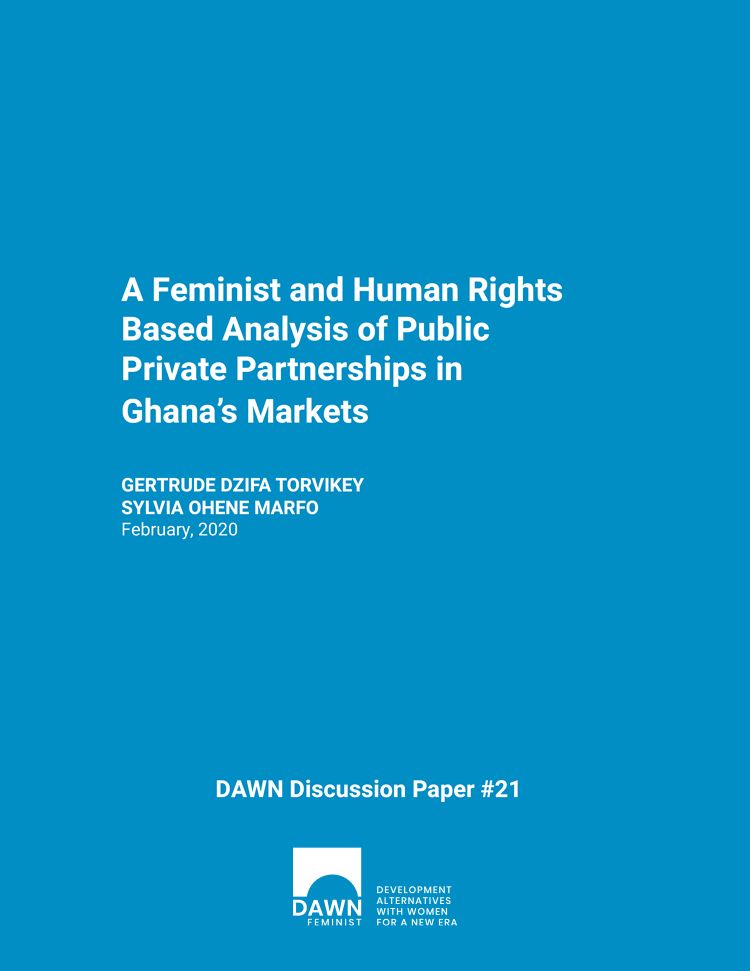Introduction
Ghana is a located in West Africa with about 30 million people. Women constitute about 51% of the population (Ghana Statistical Service, 2016). The country has made impressive progress over the past three decades regarding democracy and multi-party system although two major parties have dominated the political landscape for a long time. Ghana’s democratic advancement has not benefitted men and women equally, as women continue to struggle to have the same socioeconomic rights as men. Women’s political engagement remain lower than that of men due to the adherence to sociocultural norms that restrict women’s participation in public spaces.
Ghana’s Gross Domestic Product (GDP) amounted to US $65.556 billion as at 2018 with a 6.3% annual growth rate and a US $4650 gross national income (GNI) per capita, making it a low middle-income country. Its lower middle-income status meant that it can no longer access certain types of loans available for poorer countries. It now has to borrow at higher interest rate and compete with other borrowers to access loans at favourable terms. Ghana’s economic performance is a Janus-headed one. While its GDP keeps growing and the growth figures soar, it is however experiencing jobless growth, high unemployment and increasing inequality between men and women (Aryeetey and Baah-Boateng, 2016).
Ghana’s labour market is highly gender segregated and segmented and women accounted for 64.7% of the economically active population compared to 71.4% of men (Ghana Statistical Service, 2016). There are more women (91%) in the informal sector than men (81%) (Ghana Statistical Service, 2012). Over the years, Ghana’s development agenda has incorporated the private sector for service delivery and infrastructural development projects. Ghana’s shift from statist development to the inclusion of private sector predates Structural Adjustment Policy (SAP) and economic recovery programmes that started in the 1980s. The Privatisation of State Own Enterprises (SOEs) started in earnest after the overthrow of the Kwame Nkrumah regime in 1966. From late 1960s, the country moved from statist development model, to state partnership with multinational organisations and International Finance Institutions (IFIs) especially in the agricultural sector (Graham, 1993).
Nonetheless, SAP conditionalities increased the private sector involvement in development. Ghana was the first country in Africa to accept market driven public sector reform policies inspired by the World Bank and other donor institutions (Awortwi 2011) and the country, from the 1980s, embarked on a vigorous privatisation of state entities which were in line with loan conditionalities of the BWIs. Many of the SOEs were established as part of a national project during the early independence period with the policy framework of increased industrialisation, import substitution and self-determination. Appiah-Kubi (2001) notes that between 1987 and 1999, 14% of Ghana’s GDP came from privatization. By 2005, over 335 SOEs were privatized in agricultural and manufacturing sectors (Bank of Ghana, 2005) and Ghana was praised as a SAP success. Thus, PPPs are seen as part of the trajectory of the state’s de-investment in development and the institutionalization of private sector participation in development.

